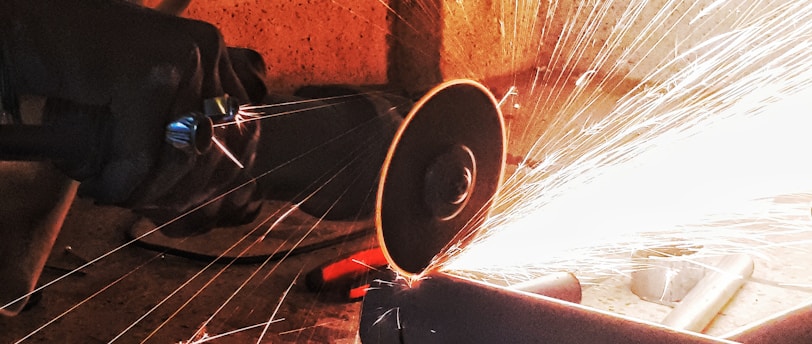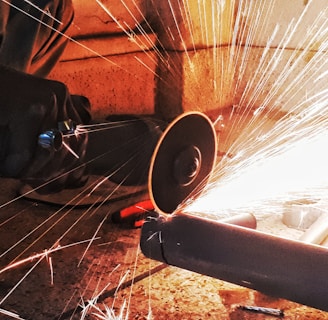Alloying: Turn Useless Things Into A Smash Hit
“Life, a good life, a great life is about "Why not?" May we never forget it.” ― Danielle Steel
MENTAL MODEL


Alloying is the process of combining individual parts into a more effective whole. Traditionally, it is a mixture of chemical elements that have properties different from the pure elements themselves. This is typically in the context of metals, changing their conductivity, strength, hardness, or corrosion resistance. Alloying is attractive because it can reduce the overall cost of the material while amplifying or at least preserving its attractive properties. Like making an awesome sandwich. The individual ingredients are good themselves, but, when combined, they make a great whole.
Everybody is bound to run into alloys in their lives. You use them every single day. Every colored gold is an alloy. Sterling silver is an alloy commonly used for cutlery (forks, spoons, knives, even surgical and medical instruments). Steel is an alloy of iron and carbon which has greater strength and fracture resistance than other forms of iron — it’s also low cost and has insane tensile strength, making it one of the most commonly manufactured materials in the world. Other alloys include solder — the alloy used to create bonds on circuit boards — brass, bronze, and amalgams.
The idea remains the same: mixing chemical elements to form an impure substance that retains or improves the characteristics of a metal. In the sense of a mental model, this refers to the art of blending diverse elements — ideas, skills, tech, culture — to create a stronger, more resilient and innovative whole. It is synergy through combination. Think: merging creative ideas from different fields, like technology and art. Alloying in this non-metallurgy sense can result in breakthrough products and solutions that no singular discipline could achieve alone.
The same applies to broader concepts. Combining the right resources and strategies can enhance performance and adaptability in non-physical systems. A diverse team that “alloys” analytical, creative, and operational aspects will outperform a homogenous group since it can leverage each member’s strengths. Like in metallurgy, too much of one element weakens the overall material. So in business strategy, over-relying on a single approach without balancing it results in short-term gain and long-term vulnerability. Alloying creates a system that is more adaptable by incorporating a mix of attributes that compensate for individual weaknesses. Economies that integrate diverse talents win against market fluctuations. As do investors with diversified portfolios and VCs that simultaneously back many startups, knowing most will fail.


Real-world instances of alloying:
Business and Startups: a tech startup combines expertise in software engineering with insights from behavioral psychology to create an application that not only functions well but engages its users in meaningful ways. The resulting product is more successful than a solution built solely on tech prowess.
Product Innovation: automotive companies “alloy” different technologies — traditional combustion engines, electric powertrains — to create hybrid vehicles that balance out performance, efficiency, and sustainability. The resulting model offers advantages that neither purely electric nor gasoline cars would, appealing to a broader market.
Team Building: a company creates cross-functional teams. A combination of marketing, engineering, and customer support to develop a new product. The blend of different perspectives and expertise results in innovative solutions and a product that meets customer needs better.
Design: an artist blends traditional painting techniques with digital mediums to spin off a new genre that appeals both to classic art aficionados and tech-savvy audiences. The resulting artwork stands out because it leverages strengths of two mediums, creating a richer and more dynamic experience.
Education: a university designs an interdisciplinary program which “alloys” business, engineering, and liberal arts. Graduates get a broad perspective and diverse skill set, making them more useful and adaptable in the job market.
How you can use alloying as a mental model: (1) find complementary strengths — analyze what you have at your disposal (skills, ideas, time, money, people) and find those that reinforce each other; (2) picture your muscles — list and group your strengths to see where synergies can be maximized; (3) train your calves and forearms — determine the optimal mix of components for the best outcome, ensuring that there’s no bottleneck that undermines the others (e.g. an innovative idea with no money to implement it, a skill the job market does not need); (4) become a jack of all trades — encourage diversity in your team and your personal expertise to be more resilient; (5) work in cycles of integration — continually seek out your own and others’ strengths and see where they can be integrated for additional value.